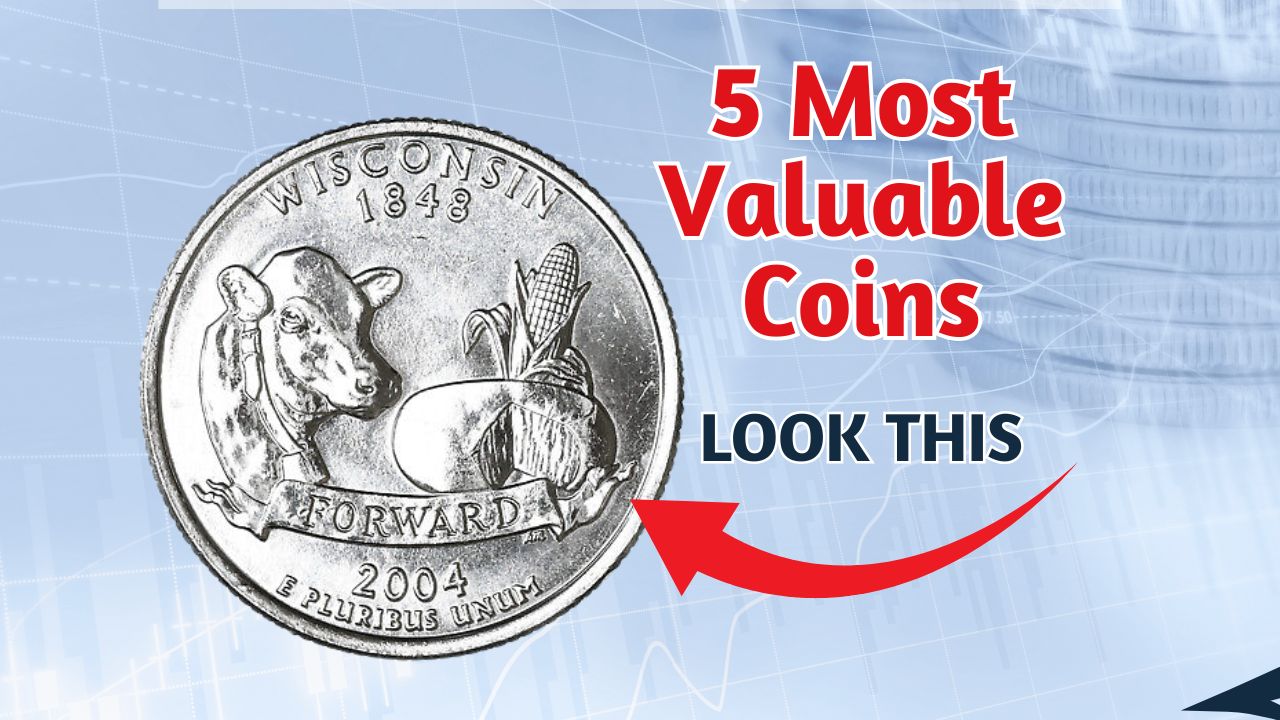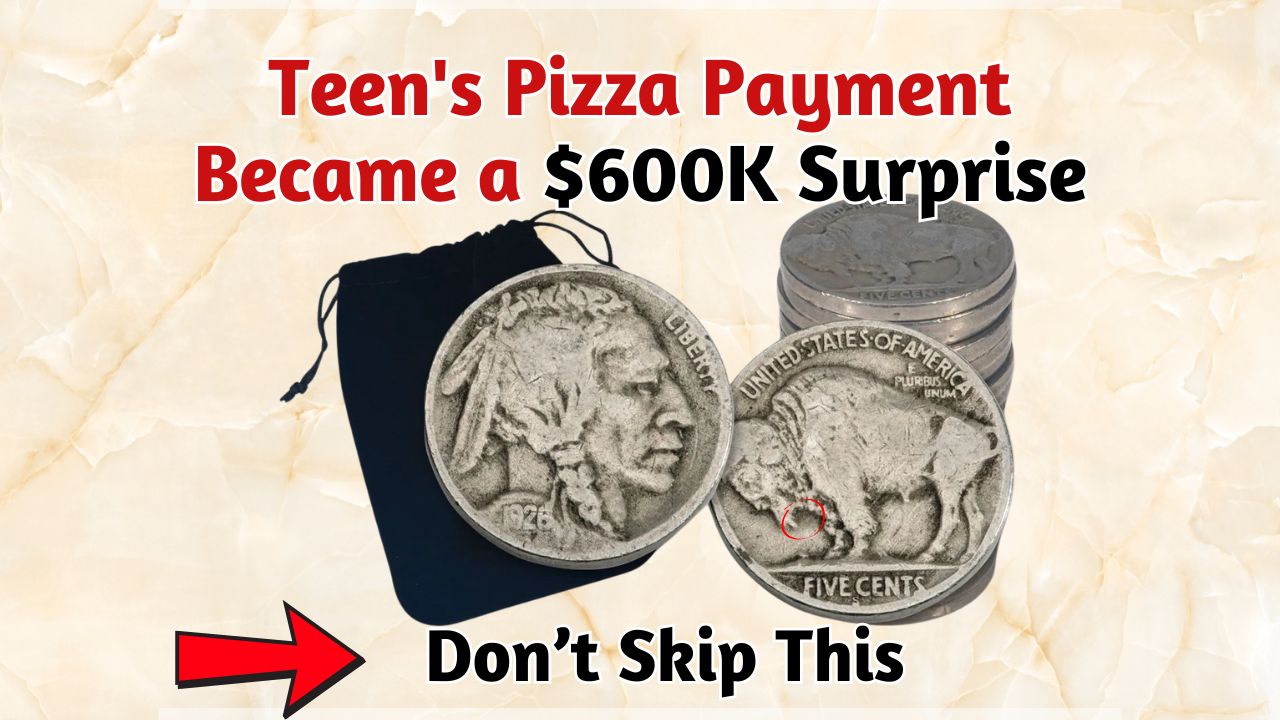In the yawning chasm of loose change and casual currency, a hidden trove of numismatic marvels glimmers with overlooked fortune. The state quarter series, oft dismissed as pedestrian, conceals within its shimmering edges a handful of peculiar and prized anomalies—coins born of flaw, scarcity, or silent experiment.
These metal discs, minted with intention yet marked by imperfection or rarity, whisper tales of monetary serendipity for the vigilant collector.
1. 1999-P Experimental Delaware Quarter
Not a coin, but an enigma forged in brass-laced alloy. This piece wears a golden veil not from sunlit patina, but from a miscast destiny—intended for a dollar, struck as a quarter. Its manganese brass blend, meant for Sacagawea, cloaked Delaware in accidental prestige. Rumors of sabotage? Mere whispers.
But truth lies in auctions where the price sails: five grand to ten, depending on its gleam and grace. Each one, a numismatic ghost story.
2. 2003-D Maine Quarter with Errors
Ordinary at a glance, Maine’s Denver-spun beauty carries secrets under grease and echo. Some show double-die illusions—ships shadowed twice, pine trees blurred as if moved by wind. Others bear the greasy fingerprints of a machine’s fatigue.
These mechanical mutterings of error catch collector eyes, especially when pristine. Their value? One thousand five hundred, sometimes more, for those who spot the hidden dance in its maritime face.
3. 2000-P South Carolina Quarter
South Carolina’s quarter—a trinity of state pride: wren, jessamine, palmetto—appears serene. Yet some carry quiet chaos: off-center dissonance, inscriptions drunkenly doubled, or an alloy whispering of wrong metals. Rare but not mythical, these peculiar phantoms can command three thousand dollars. Beauty blended with blunder gives this coin its paradoxical prestige.
4. 2004-D Wisconsin Quarter
Among stalks of corn, a rogue leaf unfurls—a botanical stowaway. The “Extra Leaf Low” variant is no accident of nature but perhaps mischief, a mint worker’s secret smile pressed into metal. There are two: high and low. The latter, rarer and more enigmatic, fetches three thousand when kissed by mint luster. A cornfield conspiracy, captured in alloy.
5. 1999-P Connecticut Quarter
The Charter Oak—a gnarled guardian of revolution—anchors Connecticut’s coin. But in rare instances, its branches split, forked by a double-die hiccup. Letters shiver in duplicate, roots crawl with unintended symmetry. Some show raised breaks where metal gave up the ghost mid-strike. In gleaming condition, these anomalies have drawn over one thousand. A first-year quarter twisted just enough to become legend.
Final Thought
Within your spare change may lie a miniature epic—coins masquerading as mundane but sculpted by accident, rarity, or silent rebellion. These five quarters, uncommon and quietly illustrious, are not merely currency—they’re accidental art, born of flawed process and fierce curiosity. Seek them not just for profit, but for the story each carries in its ridged frame.
FAQs
Which state quarter holds the highest value?
The 1999-P Experimental Delaware Quarter is the most valuable, with auction prices reaching up to $10,000.
What makes a state quarter valuable?
State quarters become valuable due to minting errors, low production numbers, or being struck on experimental planchets.
Is the Wisconsin quarter with an extra leaf real?
Yes, the 2004-D Wisconsin Quarter features a rare mint error with an unplanned extra leaf, known as the ‘Extra Leaf Low’ or ‘High’ variant.
How can I tell if my quarter is an error coin?
Look for doubling in text or design, off-center strikes, unusual colors, or added elements not present in the standard version.
Should I get my quarters professionally graded?
Yes, grading helps authenticate and assign accurate value, especially for coins with potential errors or rarity.













I have a buffalo nickel it’s so old all I can see in the front is date 20 by I’m not an expert and I wear glasses.
I’m in possession of a 1944 , 1945 , 1955, and 1957 Lincoln wheat pennies
…. Also a 1776-1976 bicentennial quarter .please contact me .
Hello my name is Manny I have some of them coin’s
Hello my name is Manny I have some of them coin’s
Hi my name is Richard and I have all of them Coins real nice.
I have the 1999 Lincoln penny I have the 1944 penny had a 1945 penny the 1955 penny 1957 I do not have 1776 1976 bicentennial quarter I have the 2009 Lincoln pennies let me know what you think
I have wheat Pennie’s 3 of them …other stuff too.
Have a 1999 penny off centered and last 9 is almost NOT there
I have 2 bicentennial quarters
1 1957 quarter
2 Washington crossing the Del. Quarter
1 Wisconsin Foward 2004 quarter
I got quarter no ment mark 1776 1976 an one with p double died to
I have one of the experimental Delaware quarters
Hello my name is Manny I have some of them coin’s
I have lost a lot of old old pennies quatersdimes an. Nickles
I have many of these coins and want to sell them please contact me anytime
I have many of these coins and want to sell them please contact me anytime
I have 3 Bicentennial Quarters if any value I would like to sell them. Also a Kennedy Bicentennial half dollar. A 1943 steel penny believe it sticks to magnet Susan B Anthony.The gold looking dollar I believe don’t know if it’s 1999 or 2000 Indian woman with baby. I know the coins name starts with S